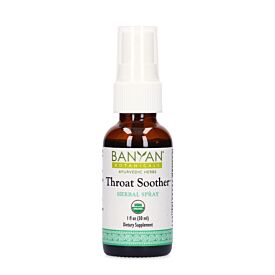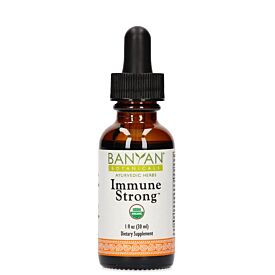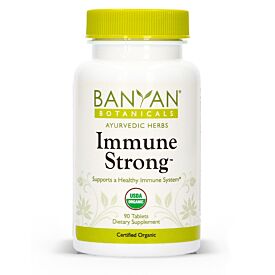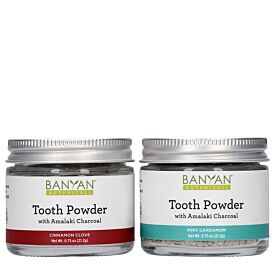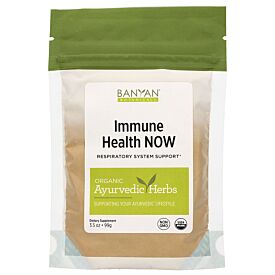Ayurvedic Herbs: Licorice
/Ayurvedic Herbs
Ayurvedic herbs are one of the many chikitsas or treatments used in Ayurvedic medicine. These herbs are used as part of an herbal protocol recommended by an Ayurvedic professional. Thusly, all the Ayurvedic herbs should not be self-administered and Ayurvedic herbs should only be taken under-advisement of your Ayurvedic Counselor/Practitioner/Doctor and approved by your Primary Care Physician. The information on the Ayurvedic herb of Licorice is only meant to educate you on the ways in which it is traditionally used in Ayurveda and is presented for educational purposes only. It is not intended as a substitute for the diagnosis, treatment, or advice of a qualified, licensed medical professional. The facts presented are offered as information only, not medical advice, and in no way should anyone infer that we are practicing medicine. Seek the advice of a medical professional for proper application of this material to any specific situation. Do not use the information found within this post to self-diagnose any medical conditions or treat any health problems or diseases. The information provided is not intended to prescribe or be taken as medical advice. If you have or suspect that you have a medical condition please contact your health care provider immediately.
“The essence of all beings is Earth. The essence of Earth is Water. The essence of Water is plants. The essence of plants is the human being.
Esam bhutanam prthivi rasha, prthivya apo raso-pam osadhayo rasa, osadhinam puruso rasah.”
Licorice
Latin Name: Glycyrrhiza glabra
Plant Family: Leguminosae
English Name: Licorice
Sanskrit Name: Yashti Madhu means “honey stick” or “sweet stick”
Part Used: root
Taste (Rasa): sweet, bitter
Energetics (Virya): cooling
Post-Digestive Effect (Vipaka): sweet
Quality (Guna): heavy, moist
Dosha: VP- K+ (if used long term or in excess)
Tissues (Dhatu): all plasma (rasa), blood (rakta), muscle (mamsa), fat/adipose tissue (meda), bone (asthi), nerve/bone marrow (majja), reproductive tissue (shukra [male]/artava [female])
Systems (Srotamsi): respiratory (prana vaha srotas), digestive (anna vaha srotas), reproductive (shukra/artava vaha srotas), nervous (majja vaha srotas), excretory (purisha vaha srotas)
Constituents: triterpenoid saponins (glycyrrhizin); flavonoids (liquiritin, isoliquiritin); Phytosterols (stigmasterol, B-sitosterol); coumarins; glycyrrhetinic acid; volatile oils (anethole, estragole, eugenol)
Actions: demulcent, expectorant, tonic, rejuvenative, laxative, sedative, emetic
Ayurvedic Actions: aphrodisiac (vrsya), increases semen (sukrala); vitalising (jivaniya); benefits all seven tissues (rasayana); benefits the eyes (caksusya); heals ulcers and wounds (vranaropana); benefits the throat (kanthya); benefits coughs and breathing difficulties (kasasvasahara); benefits the nervous system (medhya); eliminates itching (kandughna); alleviates bleeding (sonitasthapana); reduces pitta and vata (pitta/vatahara)
Biomedical Actions: expectorant, demulcent, anti-inflammatory, adrenal tonic, aperient, emetic, diuretic
Indications: lungs, digestion, liver, kidneys and nerves, urine, skin
Precautions: high Kapha, edema, inhibits absorption of calcium and potassium, not for osteoporosis, it can exacerbate potassium loss when used with potassium-depleting drugs (thiazide diuretics, laxatives) and this can increase sensitivity to cardioactive glycosides, hypertension (increases water around the heart), hypokalaemia can occur over extended periods (4-6 weeks) and so diligence is advised when blood pressure increases, it can also exacerbate the effects of a high salt diet, it may counteract the contraceptive pill, it has a possible interaction with NSAIDs by reducing the gastric irritation and ulceration they can cause, it extends the activity of cortisone in the blood by decreasing plasma clearance and so caution is advised with corticosteroids, especially prednisolone
Preparations: decoction, milk decoction, powder, medicated ghee
Licorice is a powerful Ayurvedic herb that has an affinity for the lungs and is an expectorant.
References
Frawley D. Yoga & Ayurveda: Self-Healing and Self-Realization. Twin Lakes, Wisconsin: Lotus Press; 1999.
Frawley D, Lad V. The Yoga of Herbs: An Ayurvedic Guide to Herbal Medicine. Twin Lakes, Wisconsin: Lotus Press; 2001.
Gogte VM. Ayurvedic Pharmacology & Therapeutic Uses of Medicinal Plants: Dravyagunavignyam. New Delhi, India: Chaukhambha Publications; 2016.
Pole S. Ayurvedic Medicine: The Principles of Traditional Practice. Philadelphia, PA: Singing Dragon; 2013.





